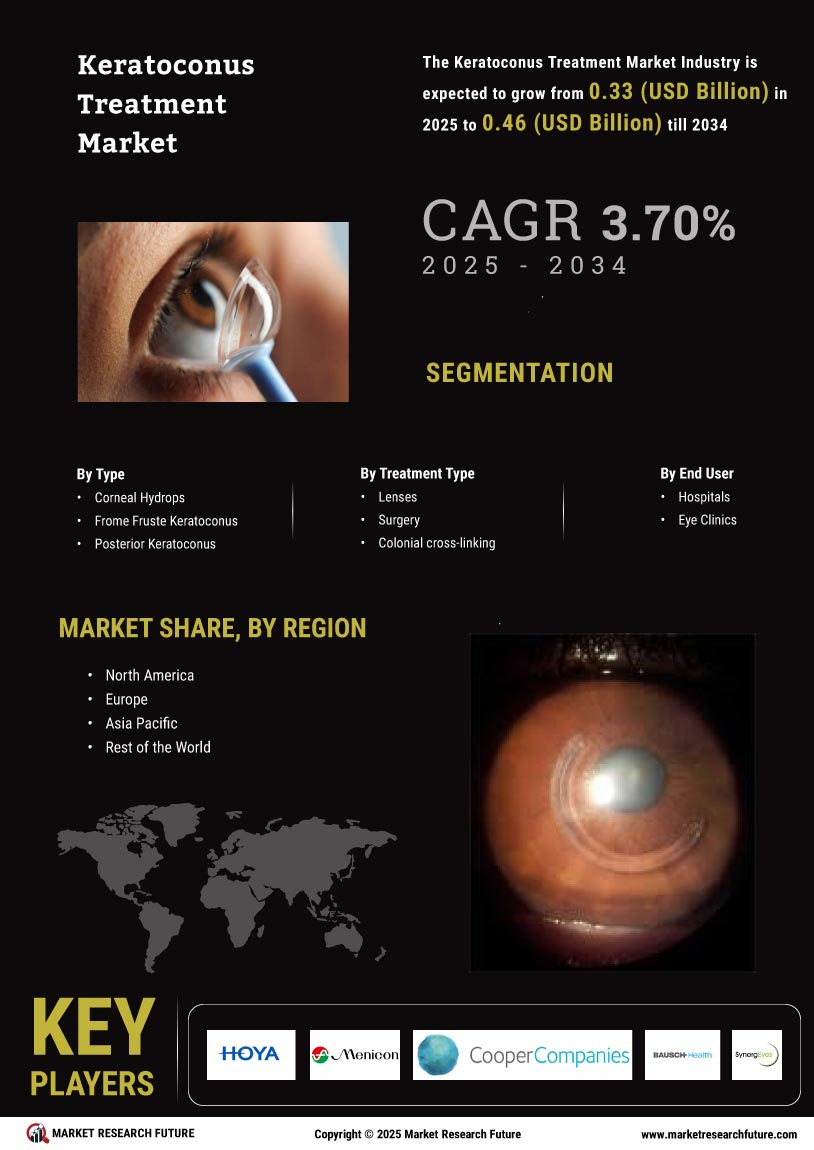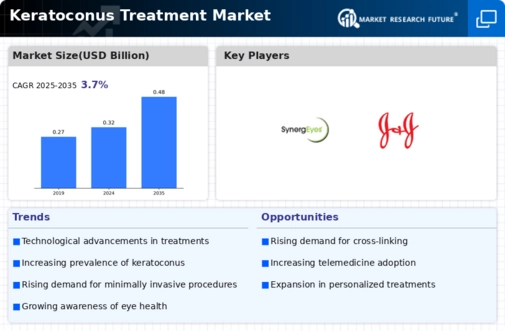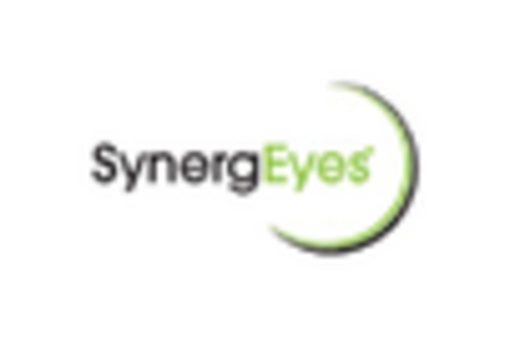Leading market players are focusing on attempts to broaden and innovate their product offerings, which will lead the Keratoconus Treatment Market, even faster. Market players are also undetaking business strategies to gain a leading position, with key market developments tactics including new product developments & upgrades, contractual agreements, mergers & acquisitions, collaborations, higher investments, and collaboration with other organizations.
To grow and survive in a competitive and rising market climate, the Keratoconus Treatment industry must provide cost-effective items.
The manufacturers are laying emphasis on the use of local resources to achieve operational efficiency in the global Keratoconus Treatment industry to benefit clients and increase the market sector. In recent years, the Keratoconus Treatment industry has offered some of the most significant benefits to medicine.
Major players in the Keratoconus Treatment Market, including HOYA vision care company, Menicon Co., Ltd., Cooper companies Inc., Baush Health, SynergEyes, Carl Zeiss Meditec AG, Contamac, Seed Co., Ltd., Novartis AG, Johnson & Johnson Services, Inc., and others, are attempting to increase market demand by investing in research and development operations.
The Cooper Companies Inc. (Cooper) is a manufacturer of medical devices with a concentration on the vision care and women's healthcare industries. For various visual impairments such near- and farsightedness, presbyopia, myopia, astigmatism, ocular dryness, and eye fatigues, the firm develops, manufactures, and markets a variety of soft contact lenses, including spherical, toric, and multifocal lenses.
Additionally, it provides genetics, fertility treatments, diagnostics, and contraception to enhance the health of mothers, infants, and families. Through a network of field sales reps, independent agents, and distributors, the firm distributes its eye care products to ophthalmologists, optometrists, opticians, optical chains, and distributors as well as its medical equipment to hospitals and fertility clinics.
In November 2022, CooperVision has added SynergEyes to its CooperVision specialist EyeCare business segment, strengthening its commitment to promoting the use of specialist contact lenses in North America and around the world. The hybrid lens methods and brands offered by the Carlsbad, California-based company cover the treatment of uneven cornea, presbyopia, and astigmatism.
Manufacturer, distributor, marketer, importer, and exporter of ophthalmic goods is Menicon Co Ltd (Menicon). The company's product line also includes bifocal contact lenses, soft contact lenses, astigmatic contact lenses, and hard lenses. Additionally, Menicon offers disposable contact lenses, periodic replacement types of lenses, and lens care supplies. The business runs initiatives for intraocular lens research and development.
Hospitals, ophthalmology clinics, optical stores, and pharmaceutical wholesalers are among the clients of Menicon. The business imports dry foods and exports food-related materials. It develops materials, designs lenses, and manufactures contact lenses, along with the care products that go with them.
In May 2023, Menicon Co., Ltd. announces that Itabashi Medical (Dalian) Co., Ltd., a Chinese affiliate, introduced "ROSE K®" in China in April 2023. A hard contact lens for keratoconus patients is called ROSE K®. Worldwide, more than 90 nations have purchased about 1.67 million ROSE K® lenses. These lenses are sold as "Menicon Rose K-T" and have been approved for "keratoconus use" in Japan. They are produced at the Menicon facility as well as at certified factories across the world with Menicon as a licence holder.













Leave a Comment